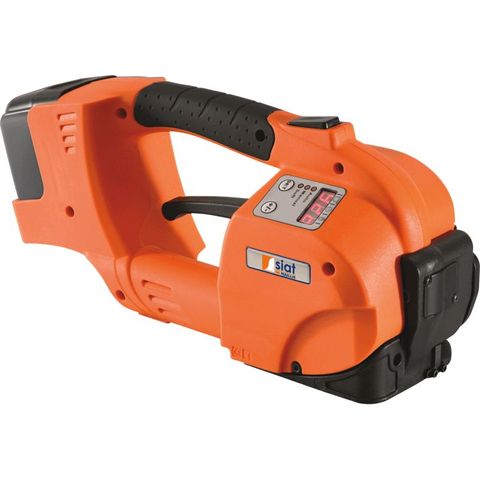From Packaging to Pop Art: The Versatility of Bubble Wrap
From Packaging to Pop Art: The Versatility of Bubble Wrap
Blog Article
packing tape are all-pervasive in our lives, providing a multitude of reasons from packaging to safe-keeping. They come in various designs, measurements, and advantages, leading them to be flexible instruments within both personalized and business contexts. Here's everything you should know about cardboard boxes.

History and Development
Cardboard, particularly corrugated cardboard, was basically patented in 1871 by Albert Williams of New York City. Williams tried it for covering bottles and window lantern chimneys. The corrugated package, as you may know it today, was invented by Robert Gair, who created a equipment to generate large quantities of cases. This creativity marked the beginning of bulk creation and prevalent consumption of cardboard boxes.
Kinds of Cardboard Boxes
Corrugated Boxes: These are the basic most typical variety and are made of corrugated paperboard, which includes fluted corrugated page and a few flat linerboards. Corrugated cases are known for their strength and durability, making them ideal for transport and holding heavy products.
Folding Cartons: Also known as paperboard containers, these are typically typically employed for lighter products. Examples include cereal boxes, tissues containers, and product packaging for tiny electronic devices. They are usually created from a single covering of paperboard.
Inflexible Cases: These are typically durable and quite often useful for high-stop products like expensive jewelry, electronic devices, and cosmetic products. As opposed to corrugated and collapsable cartons, rigid cases will not retract or fall.
Developing Process
The developing of cardboard boxes consists of many techniques:
Pulping: Wood potato chips are broken down into pulp, which can be then cleansed and enhanced.
Papers Producing: The pulp is distributed and pressed into sheets of pieces of paper.
Corrugation: For corrugated boxes, pieces of paper is passed through corrugating rolls to produce the fluted page. This really is then glued between two linerboards.
Decreasing and Shaping: The corrugated linens or paperboards are minimize and formed into boxes utilizing expire-cutting models.
Printing and Coating: Cases are frequently imprinted with branding or product details and might be protected for added durability.
Uses and Rewards
Cardboard boxes are primarily used for wrapping and transport. Their benefits include:
Security: Cardboard offers a protective layer around things, safeguarding them from actual physical harm during transportation.
Changes: They are often easily custom-made with regards to size, design, and design to suit distinct needs.
Sustainability: Most cardboard is recyclable and created from green resources, rendering it an eco-friendly product packaging choice.
Cost-Effective: Cardboard is fairly economical when compared with other packing supplies, which makes it a cost-successful selection for businesses.
Ecological Affect
One of the considerable features of cardboard boxes is the recyclability. Recycling cardboard reduces the need for virgin supplies helping help save solutions. Nonetheless, it is very important make certain that cardboard is discarded properly. Toxified cardboard (with food items, natural oils, or another elements) can not be reprocessed efficiently and may end up in trash dumps.
Innovations and Developments
The cardboard box sector is continually growing. Some the latest tendencies include:
Smart Wrapping: Adding technology for example QR rules and RFID tags into cardboard boxes to provide more info about the item and enhance the buyer expertise.
Sustainable Methods: Increasing utilization of reprocessed supplies and implementing eco-friendly developing functions.
Style Improvements: Progression of far more powerful and lightweight designs to lessen shipping costs and environment effect.
Summary
Cardboard boxes are a fundamental element of modern logistics and packing. Their flexibility, expense-efficiency, and ecological advantages make them an important device in various market sectors. Since the demand for sustainable packaging will grow, the cardboard pack market is likely to continue innovating, guaranteeing these simple yet crucial storage units keep relevant later on.
Report this page